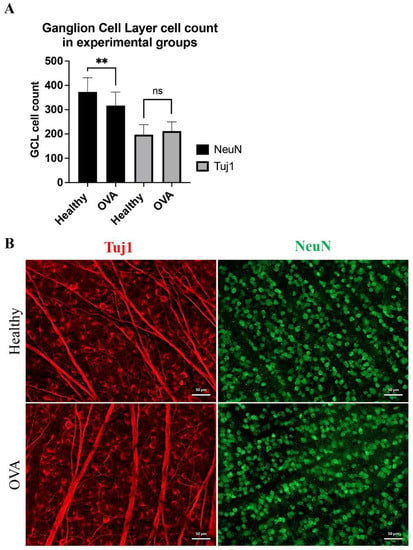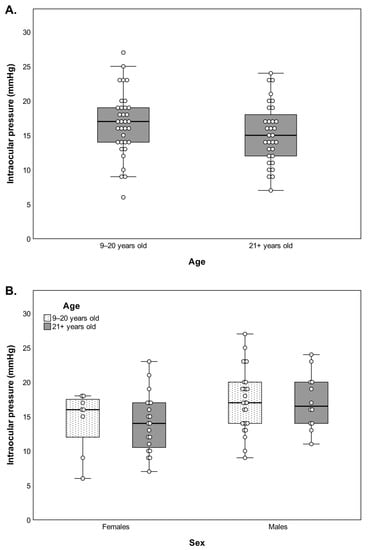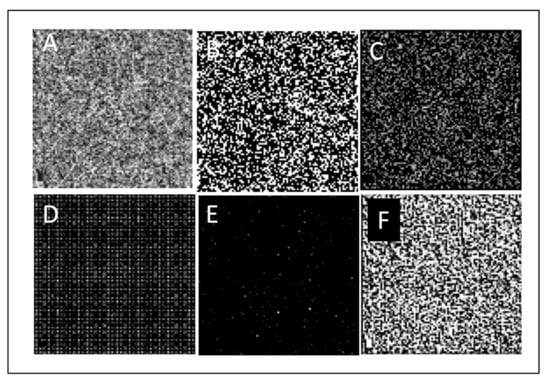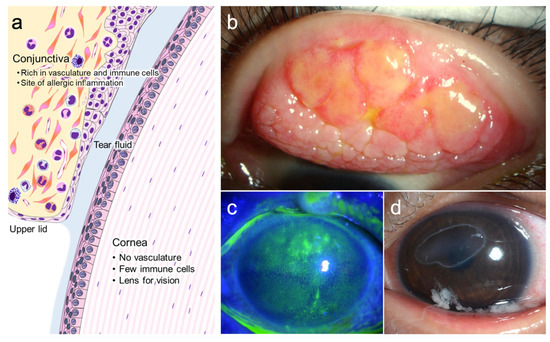Retina in Health and Disease
A topical collection in Cells (ISSN 2073-4409).
Viewed by 13044Editor
2. Department of Neurology and Neurosurgery, The Montreal Neurological Institute, McGill University, Montreal, QC, Canada
3. Department of Neuroscience, University of Copenhagen, Copenhagen, Denmark
Interests: visual system; retina; lateral geniculate nucleus; endocannabinoids; blindness; humans; monkeys; histology; immunohistochemistry
Special Issues, Collections and Topics in MDPI journals
Topical Collection Information
Dear Colleagues,
Vision is the most important sense in higher mammals. The retina is the first step in visual processing and is the window to the brain. It is not surprising that problems arising in the retina would lead to moderate to severe visual impairments. According to the World Health Organization, 1.2 billion people suffer from visual impairments and blindness. Moreover, people live longer, and many retinal diseases become more frequent. New advances in retina research offer hope to cure many of these illnesses. For example, in recent years, the endocannabinoid system, present in the retina, has become an interesting therapeutic target. Other new approaches (e.g., stem cell therapy) and technological advances (e.g., retinal implants) are underway to cure these diseases. Of course, to understand pathology, one must know about the normal retina. In this issue, we would like to present up-to-date advances on the healthy retina (e.g., anatomy, physiology, molecular biology), as well as common retinal diseases and pharmacological treatments.
Potential topics include but are not limited to:
- Normal retinal development in animal and human models
- Functionals aspects: physiology and perception (color and form perception, single unit physiology and electroretinography)
- From photoreceptors to vision and perception
- The endocannabinoid system in the normal retina: expression, localization, and function
- Role of the endocannabinoid system in development
- Retinal genetics
- Retinal pathologies: AMD, glaucoma, neurovascular diseases, color blindness, genetic diseases (Lieber Amaurosis), perceptual anomalies, illusions, hallucinations (Charles Bonnet syndrome).
Prof. Dr. Maurice Ptito
Collection Editor
Manuscript Submission Information
Manuscripts should be submitted online at www.mdpi.com by registering and logging in to this website. Once you are registered, click here to go to the submission form. Manuscripts can be submitted until the deadline. All submissions that pass pre-check are peer-reviewed. Accepted papers will be published continuously in the journal (as soon as accepted) and will be listed together on the collection website. Research articles, review articles as well as short communications are invited. For planned papers, a title and short abstract (about 100 words) can be sent to the Editorial Office for announcement on this website.
Submitted manuscripts should not have been published previously, nor be under consideration for publication elsewhere (except conference proceedings papers). All manuscripts are thoroughly refereed through a single-blind peer-review process. A guide for authors and other relevant information for submission of manuscripts is available on the Instructions for Authors page. Cells is an international peer-reviewed open access semimonthly journal published by MDPI.
Please visit the Instructions for Authors page before submitting a manuscript. The Article Processing Charge (APC) for publication in this open access journal is 2700 CHF (Swiss Francs). Submitted papers should be well formatted and use good English. Authors may use MDPI's English editing service prior to publication or during author revisions.
Related Special Issue
- The Retina in Health and Disease in Cells (29 articles)











